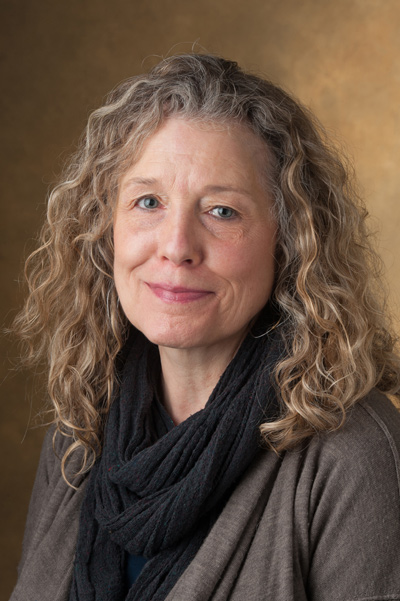Laura Strand

Textiles
Professor Laura Strand, head of Textile Arts has a comprehensive back-ground and formal training in weaving, surface design, papermaking, bookbinding and basketry through a BFA from Georgia State University and an MFA from the University of Kansas, Lawrence. She has exhibited widely and lectured throughout the country.
As a working artist her interests include the interface between feminism and visual culture, exploring the connection between the textile field and our Western cultural understanding of "women's work." As an artist and a person she engages in an effort to link the rich heritage of the textile arts with contemporary theoretical discourse.
Artist's Statement
The Latin word texto, meaning "to weave" is the root word from which the words textile and text enter the English language. The visual and metaphorical links between textiles and text are myriad and rich with potential. Writers weave together the thoughts and words of a story while textile artists build their narratives from materials and images. Textiles speak a language which has the extraordinary power of familiarity through which it may speak to and about our experience as human beings. We all have daily contact and emotional associations with the clothing we wear, the curtains on our windows, sheets, quilts, coverlets and blankets on our beds, and towels in our kitchens and bathrooms. These objects have entered our lives and language as metaphors for hearth and home, for covering and protecting, for warmth and vulnerability. Textiles are a tactile link to visual sensual memory just as the text of a book is a mnemonic link to the story.
I work with textiles as a language with which to talk about the human condition. My engagement with my artwork has always been to make objects that allude to myself as a woman and the position of women within western culture. Textiles are particularly appropriate to that goal since through the familiar fabrics noted above, textiles are a formal language that comes to us as an oral tradition through a long line of women. The traditional languages of painting and sculpture come to us through generations of formal intellectual critique -- a language formed and explored primarily by masculine culture. I continue to look for a feminine voice in art making and find it most often through the language of textiles.














